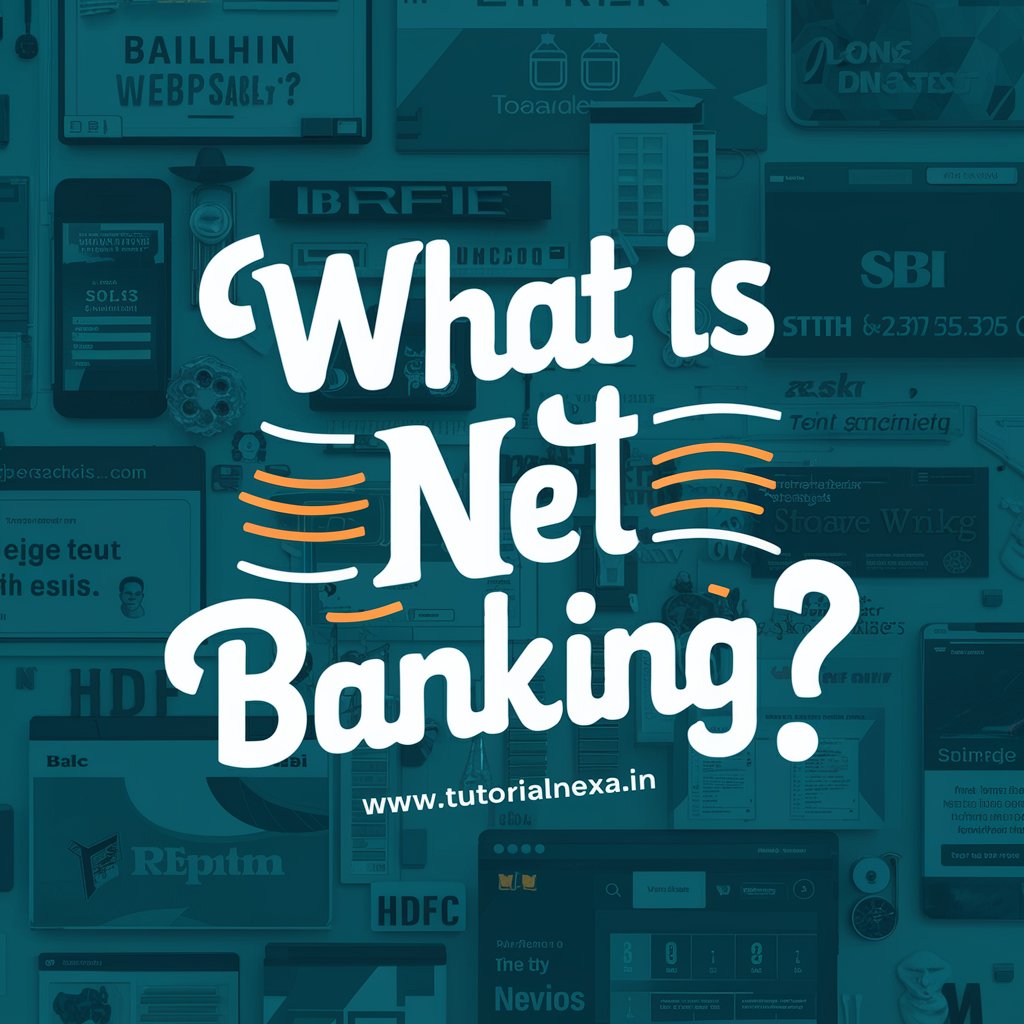Netbanking
1. Clear and Concise Explanation:
Netbanking, also known as online banking or internet banking, refers to the electronic banking services offered by banks and financial institutions over the internet. It allows customers to perform various banking transactions remotely using a computer or a mobile device connected to the internet.
2. Key Concepts and Terms:
- Internet Banking: Conducting banking transactions over the internet.
- Transactions: Activities like fund transfers, bill payments, checking account balance, etc.
- Security Measures: Authentication methods, encryption, secure connections (HTTPS), OTP (One-Time Passwords).
- Bank’s Portal: Online platform provided by the bank for customers to access their accounts.
3. Example Illustration:
Imagine you need to transfer money from your bank account to a friend’s account. Instead of visiting the bank branch, you log in to your bank’s website or mobile app, enter the recipient’s account details, and initiate the transfer electronically. This entire process is facilitated through netbanking.
4. Real-World Application:
In practice, netbanking allows you to:
- Pay bills (electricity, phone, credit cards) online.
- Transfer funds between your own accounts or to others.
- Check your account balance and transaction history.
- Apply for loans, manage investments, and more, all from the comfort of your home or anywhere with internet access.
5. Tips for Remembering:
Think of netbanking as your virtual bank branch on the internet. You use it to manage your finances conveniently online, just like you would in person at a physical bank.
- Security Concerns: Some may worry about the safety of online transactions, but banks use advanced encryption and security protocols to protect customer data.
- Complexity: It’s designed to be user-friendly, with intuitive interfaces for easy navigation.
Understanding netbanking is crucial in today’s digital age as it simplifies banking tasks and offers greater convenience to customers.
Feel free to ask if you need more details or have other topics to cover!
6. Common Misconceptions:

Defination: II Netbanking
Netbanking, also known as internet banking or online banking, refers to the electronic banking services offered by banks and financial institutions over the internet. It allows customers to conduct various financial transactions and manage their bank accounts through a secure website or mobile application. Here are some key features of netbanking:
- Account Management: Users can view account balances, transaction history, and statements online.
- Fund Transfers: Enables transfer of funds between different accounts, both within the same bank and to other banks (NEFT, RTGS, IMPS).
- Bill Payments: Allows payment of utility bills, credit card bills, loans, and other bills directly from the bank account.
- Online Shopping: Integration with online payment gateways for making purchases and payments on e-commerce websites.
- Investment and Insurance: Facilities for purchasing and managing investments like mutual funds, stocks, and insurance policies.
- Loan Services: Applying for loans, checking eligibility, and managing loan accounts.
- Alerts and Notifications: Provides alerts for transactions, account activities, and reminders for bill payments.
- Customer Support: Access to customer service and support online for queries and issue resolution.
Netbanking offers convenience, flexibility, and accessibility, allowing users to perform banking transactions anytime and anywhere with internet access, enhancing overall banking experience.


